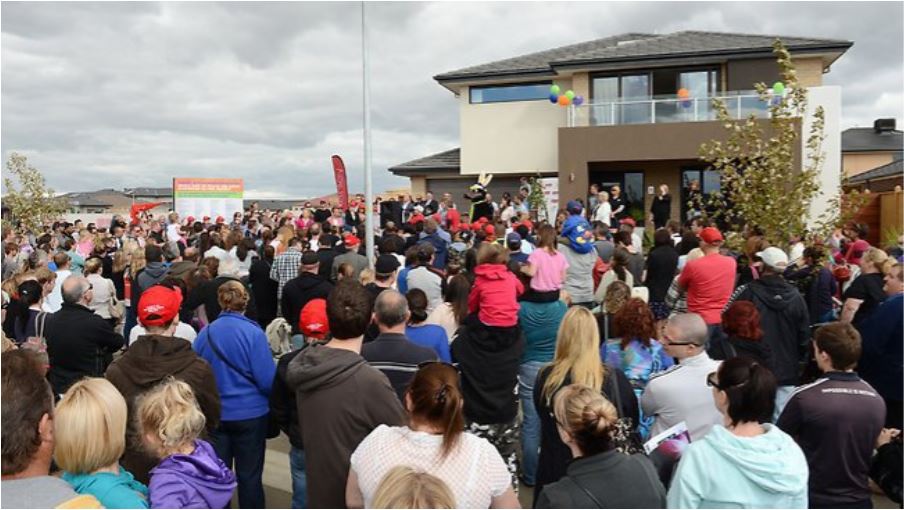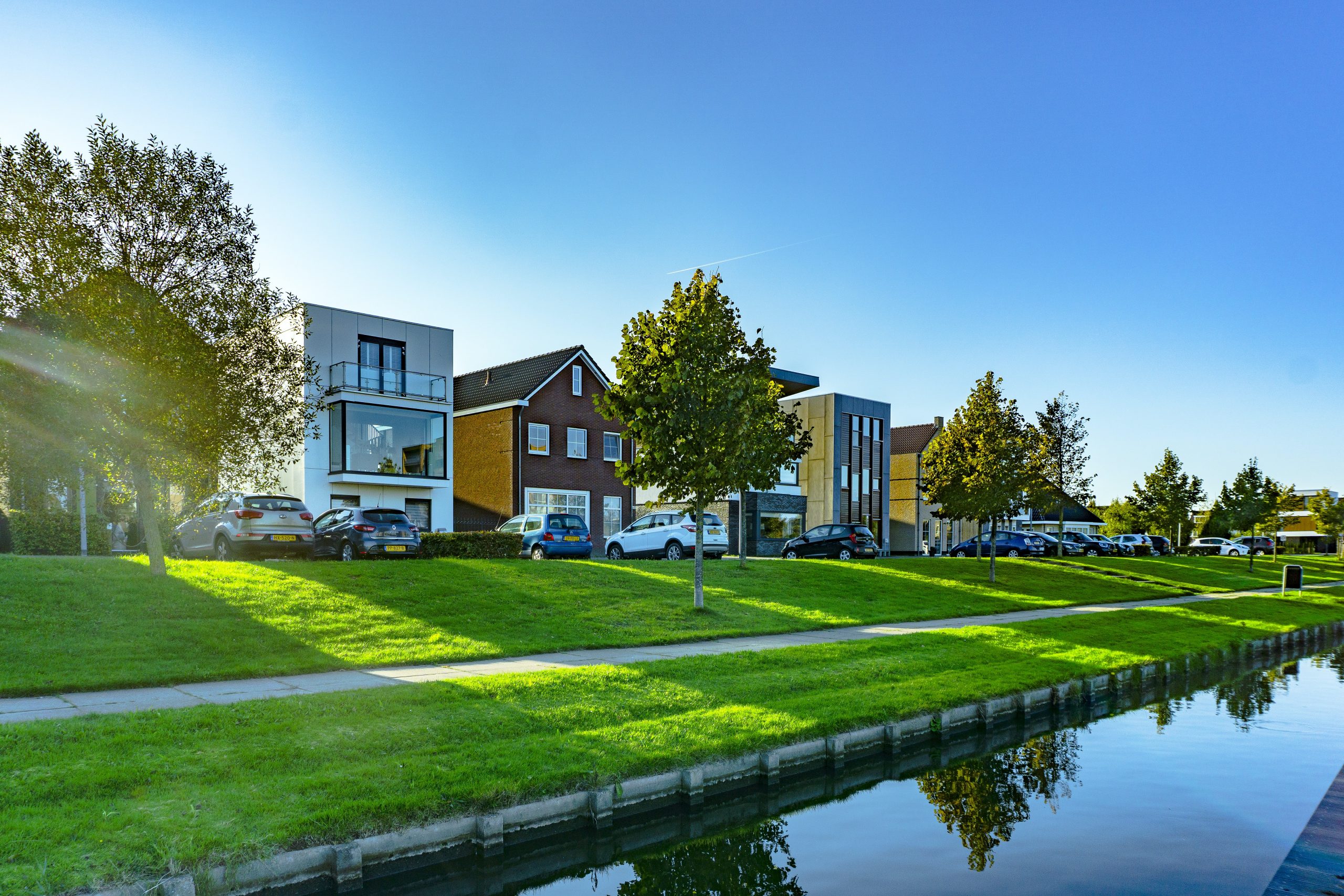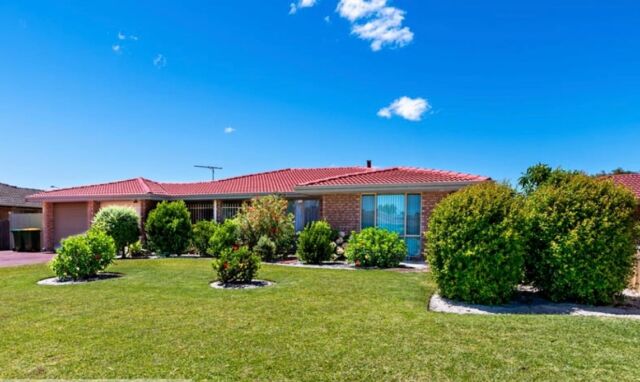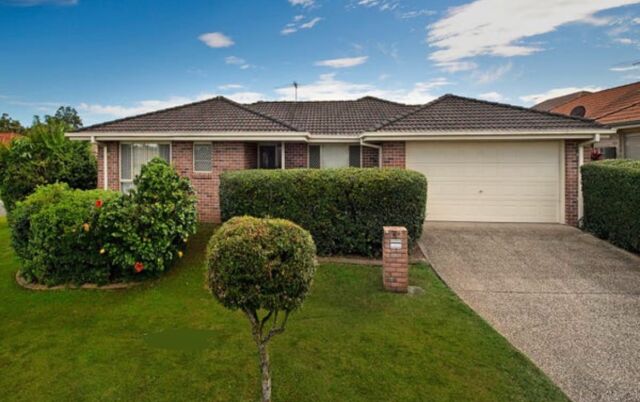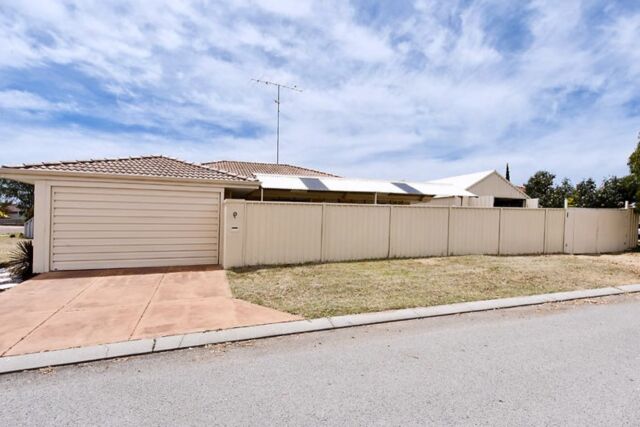For followers of monetary policy decisions like me, there has been something quite curious happening over the past six months or more.
Firstly, the Reserve Bank of Australia has never been previously known to show its cards too early.
Its monthly monetary policy decision statements have historically been explanatory but not been overly blue-sky thinking.
That has fundamentally changed since quite early in the pandemic when the Reserve became unusually upfront about when the cash rate may change from its record low level of just 10 basis points or 0.1 percentage point.
Indeed, in successive statements, the Reserve has repeated that the cash rate is set to stay super-low until at least 2024.
Here’s a snippet from its latest April 2021 meeting:
“The Board is committed to maintaining highly supportive monetary conditions until its goals are achieved. The Board will not increase the cash rate until actual inflation is sustainably within the 2 to 3 per cent target range. For this to occur, wages growth will have to be materially higher than it is currently. This will require significant gains in employment and a return to a tight labour market. The Board does not expect these conditions to be met until 2024 at the earliest.”
So, is it really possible that interest rates are going to stay at bottom basement levels for the next three years at least?
Well, yes, and here are three reasons why.
1.Encourage spending
One of the reasons why the Reserve has possibly been so transparent about its cash rate intentions is to encourage spending.
While the economy seems to have weathered the pandemic better than most people predicted, there is still a long way to go before it is in a sustainably positive place.
With the unwinding of multiple billions of dollars of stimulus measures under way, the economy will soon have to stand on its own two feet so to speak.
By keeping interest rates at record lows, businesses and consumers have more money in their pockets, which the central bank is encouraging them to spend – pretty much on anything they want.
2. People feel wealthy
The super low interest rates also reduce the cost of borrowing for current and prospective property owners, which is one of the reasons why there is strong price growth in most locations.
When the value of your home or investment property increases, it makes people feel wealthier.
When they feel richer, they are more likely to go out and spend money.
On top of this, cheap money helps to stimulate the property sector, which is a part of the economy that employs millions of people and therefore helps to underpin jobs in an unprecedented time such as this one.
3. Reducing debt
Another reason why interest rates are not changing anytime soon is the concept of debt reduction.
Just consider someone who bought a house decades ago for $100,000 and may have had a $80,000 property loan.
Today, those numbers seem cheap in comparison, but at the time they were probably middle of the road.
What has changed from that moment to this is the impact of inflation increasing the value of property whilst at the same reducing the debt attached to it.
Just as many of us have added to our borrowings over the past year, encouraged by the low rates on offer, so has the government gone into the red to finance the myriad stimulus packages.
Regardless of the size of the borrowings, it is in no one’s best interests for interest rates to increase so rapidly that people, or the government, can’t afford to make the repayments.
So, that is why interest rates are set to stay at record lows for some time yet – and savvy homebuyers and investors are currently make the most of this once-in-a-lifetime interest rate opportunity.



